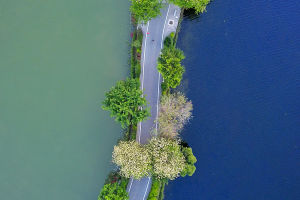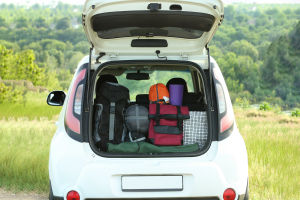Winter camping offers a unique and unforgettable experience, providing breathtaking views of snow-covered mountains and rivers.
By making wise choices in selecting and using the right equipment, you can ensure a warm and enjoyable camping adventure in the winter season.
One notable distinction between winter and summer camping lies in the vast difference in available space for activities. Winter camping boasts a larger area for exploration, with fewer people around.
The serene landscape blanketed in white, allows for a sense of freedom that is often hard to find during the bustling summer months when tent space is limited due to the higher number of campers.
Even without a tent, snow camping offers inventive alternatives such as digging snow caves or crafting igloos. These "shelters" not only protect against the cold but also add an element of fun to the camping experience.
For winter camping, a wood stove proves to be the ideal choice. However, it is crucial to exercise caution to prevent carbon monoxide poisoning.
When cooking or socializing in a tent with a wood stove, it's advisable to use a separate tent for sleeping, ensuring safety and enjoyment.
Essential tools for snow camping include a sled for carrying luggage, snowshoes for traversing deep snow, and a shovel for leveling the snow and creating comfortable snow chairs. These tools are indispensable for a successful winter camping trip.
Setting up a tent in the snow requires careful planning. Begin by leveling the tent area using snowshoes for efficiency. Once the spot is selected, step into a snow-covered area larger than the tent and level the ground with a shovel.
Opt for a 4-season tent that provides better insulation against the cold outdoor temperatures.
To avoid snow melting into water and seeping into the tent, clear the snow before pitching the tent. Inside the tent, spread a thick layer of picnic mats for warmth and comfort. Consider bringing down camping shoes to wear inside the tent for added coziness.
Sleds prove to be the best choice for transporting luggage, especially in campgrounds where vehicles cannot reach the site. Ground spikes, when anchored securely in the snow, provide stability for the tent.
In deep snow, compact the pegs by pouring snow over them, or use handmade bamboo sheet pegs with a center groove for easy threading.
Ensure all safety measures are taken to enhance the camping experience. Gear up and embark on a winter camping adventure, making memories that will last a lifetime!


